Lihou

Lihou is a small island of the west coast of Guernsey. The two islands are linked by a causeway at low tide, which meets Guernsey at L’Eree headland. The island itself is 36 acres (15 hectares) and forms part of a wetland nature reserve that incorporates the causeway and some of the neighbouring area of Guernsey.
It is the most westerly point in the Channel Islands.
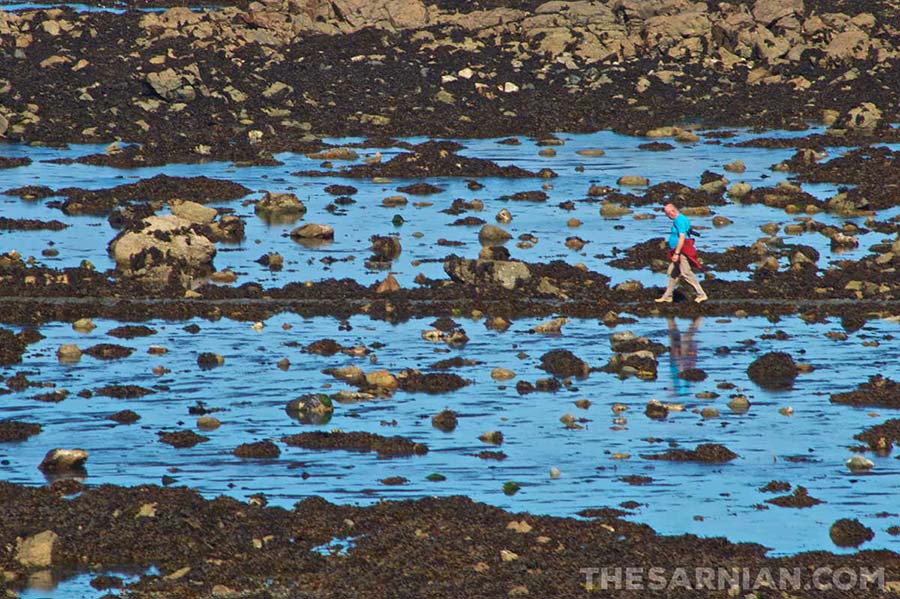
The States of Guernsey bought Lihou in January 1995 and it is now kept open for all to enjoy (subject to a safe crossing). There is just one useable building on the island, which is a house that can be booked out for parties or private accommodation. This is managed by the Lihou Island Charitable Trust, which actively encourages its use by younger people through a list of sliding prices.
The only other building on the island is the ruined remains of Lihou Priory (see image, below).
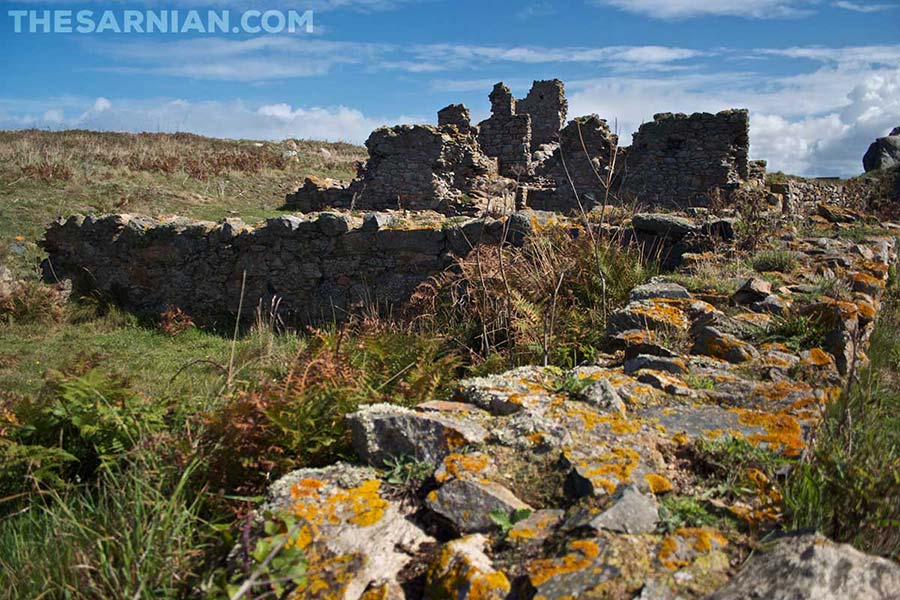
The Priory is believed to have been established by monks from Mont St Michel in Normandy in around 1114AD, and archaeological work done on the site has revealed graves and a covered walkway. Sadly it’s not possible for the untrained eye to make out any of this, although it is possible to walk inside the derelict structure.
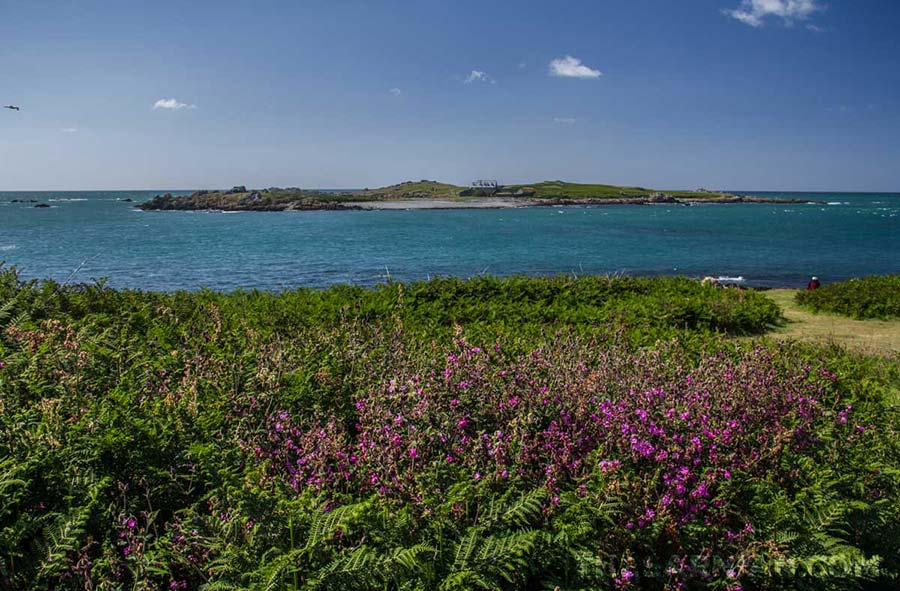
The Priory was destroyed by the governor of Guernsey in 1759 to stop it falling into French hands during the Seven Years War. Further destruction came to the island when it was used for target practice by the German soldiers that had occupied the Channel Islands during the second world war. The farmhouse was destroyed in the process.

Lihou island featured in book 1, Dead in the Water, as the place where Marc Renouf and Ross Ferbrache were stranded while still at school.
Renouf has largely forgotten the event, but Ferbrache still hangs on to the memory:
He remembered the day they’d crossed to Lihou without first checking the tides. They were fourteen and twelve, and the rising water had flooded the causeway and stranded them both on the island. Then the rain had rolled in and they’d run to the ruins and taken shelter, just as the monks would have done, and they’d waited for the tide to turn. By the time they’d got back the coastguard was out on alert.

The duration of the causeway’s opening varies from day to day, and it can be passable for less than two hours or more than four. The States of Guernsey Environmental Services Unit publishes tide tables showing when it is safe to cross. However, even these can be 20 minutes different to reality depending on weather conditions. If you get stranded on the island and want to walk back you will need to wait until the following day or call emergency services.
There are no public toilets on the island.
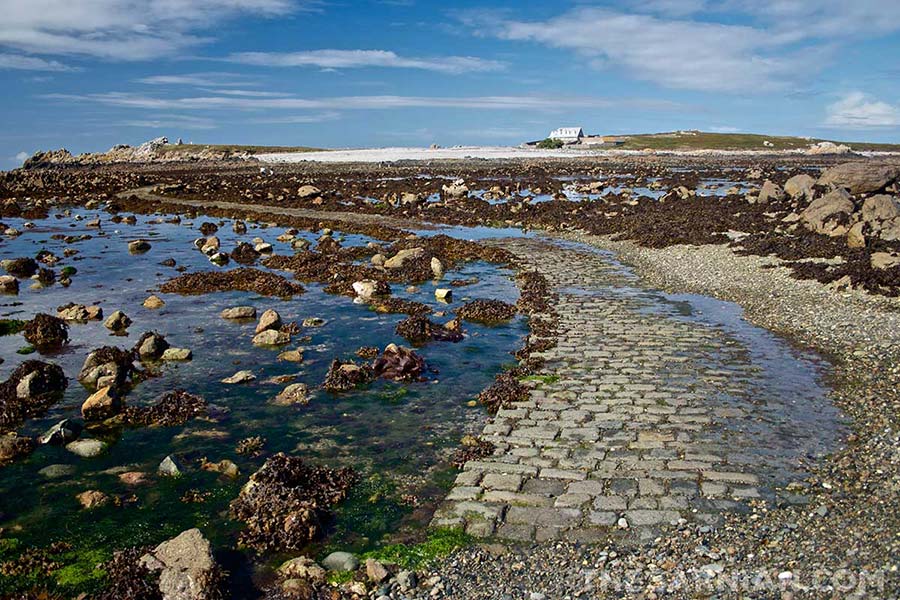
It is hard to believe, today, that this largely barren island was once an important economic area for Guernsey, but from the beginning of the 19th century it was used for harvesting seaweed and, in 1927, a factory was established there to extract iodine from the weed itself.

Lihou has been designated an internationally ‘important bird area’, where many birds both nest and breed. Some areas are marked off to encourage the birds to take up residence on the island.
Aside from birds, Lihou is also home to a diverse range of sea life, as is obvious when you’re walking along the causeway and look down at the small crabs, limpets, winkles and other creatures that have been stranded. The waters around the island are also rich in Ormer.
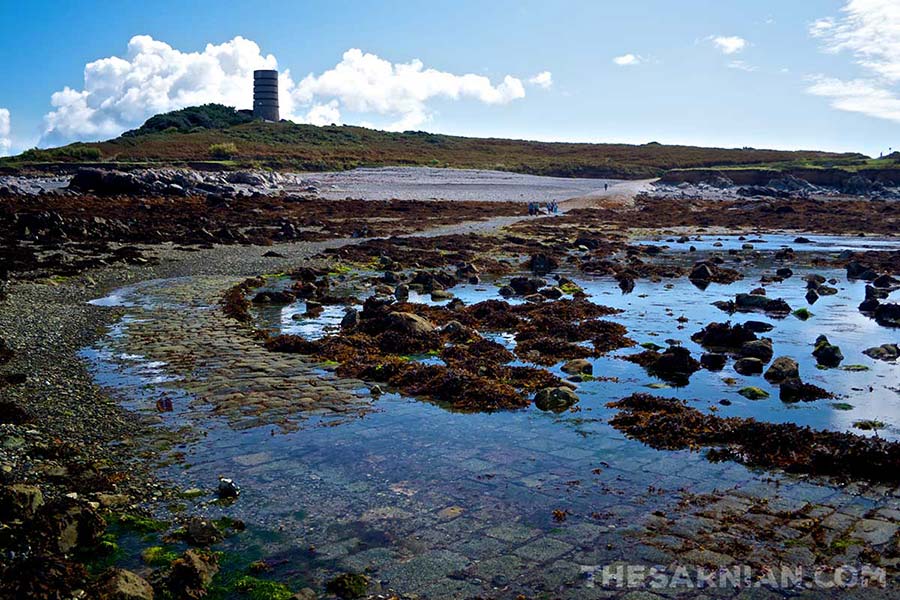
Lihou in context
Lihou in brief
At low tide, the island of Lihou is linked to Guernsey’s west coast by a meandering causeway. The remains of a monastery can still be seen on the island, which is now a nature reserve.
See also...
St Peter Port fort built in 1204
Bay outside St Peter Port
Former Garrison south of Town
Outdoor sea water swimming pools
High western parish
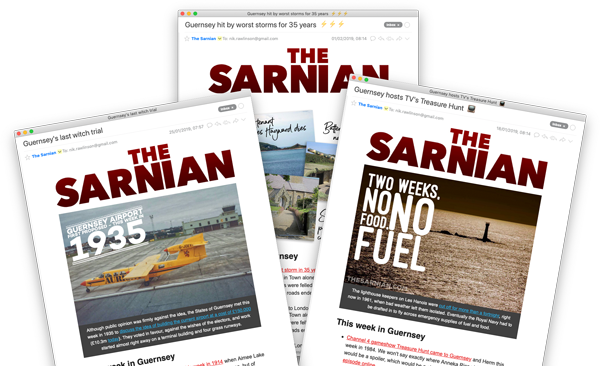
FREE Guernsey newsletter
Don't miss our weekly update on Guernsey's fascinating history. We promise never to sell your data to anyone else, and there's a super-easy unsubscribe link on the bottom of each email so you can leave whenever you want.








